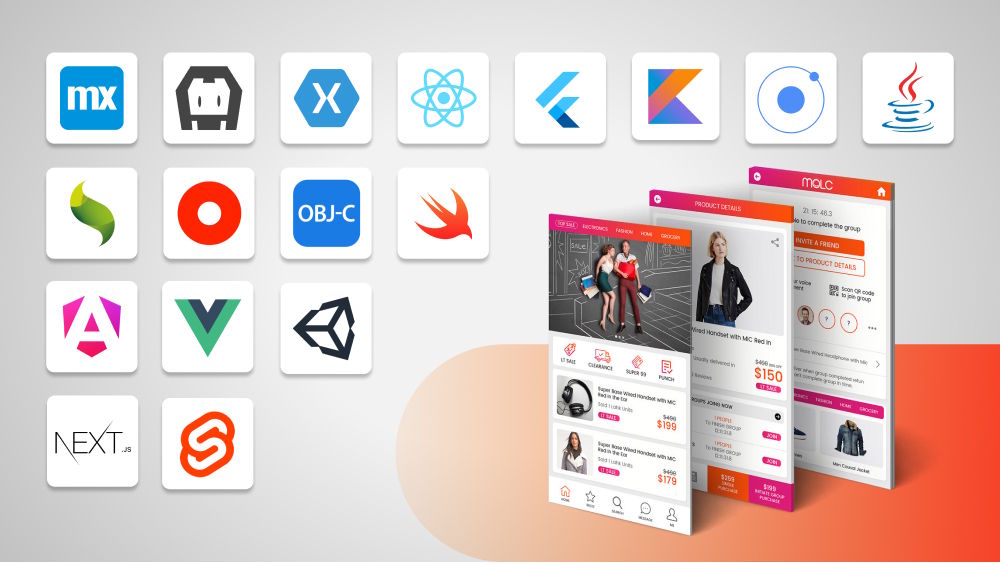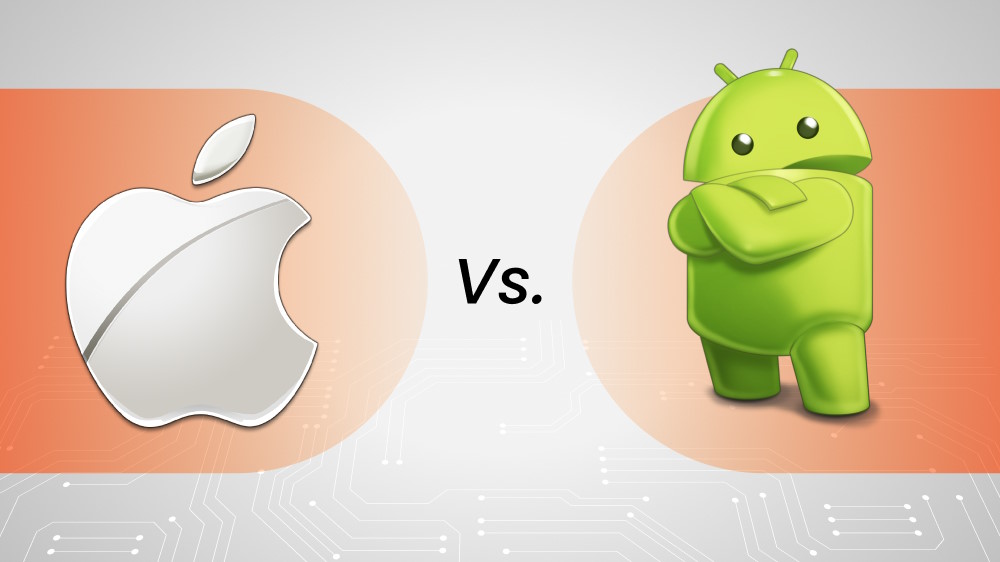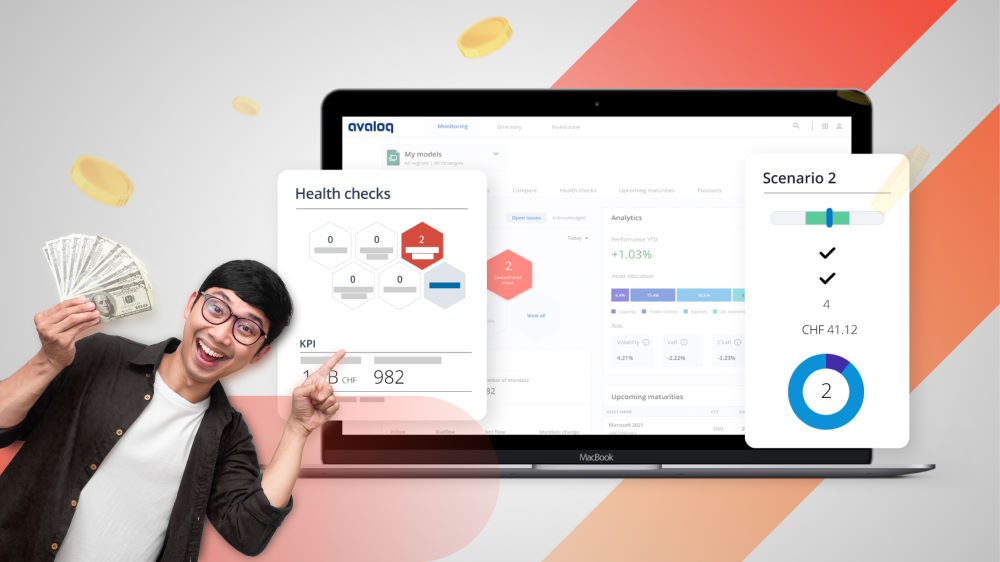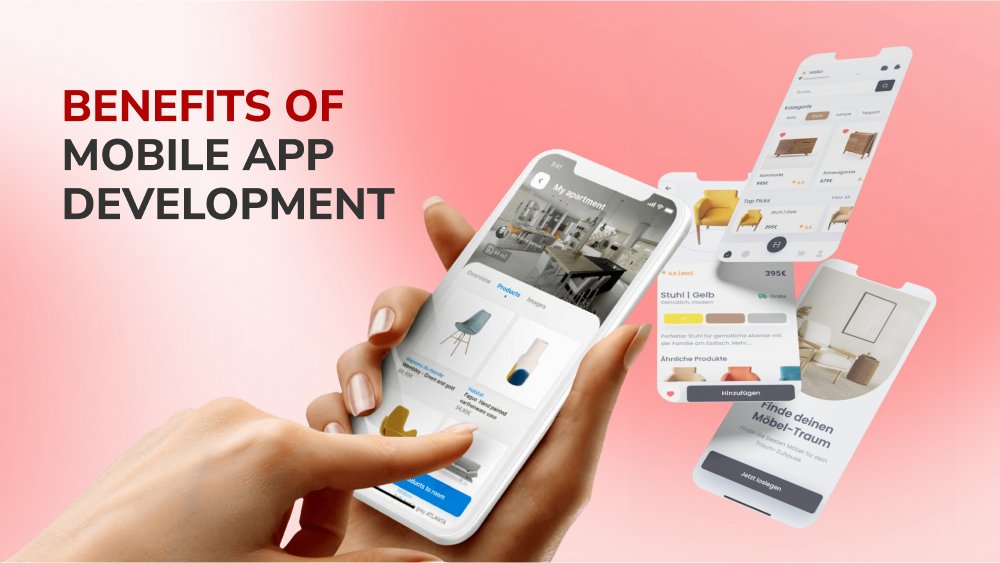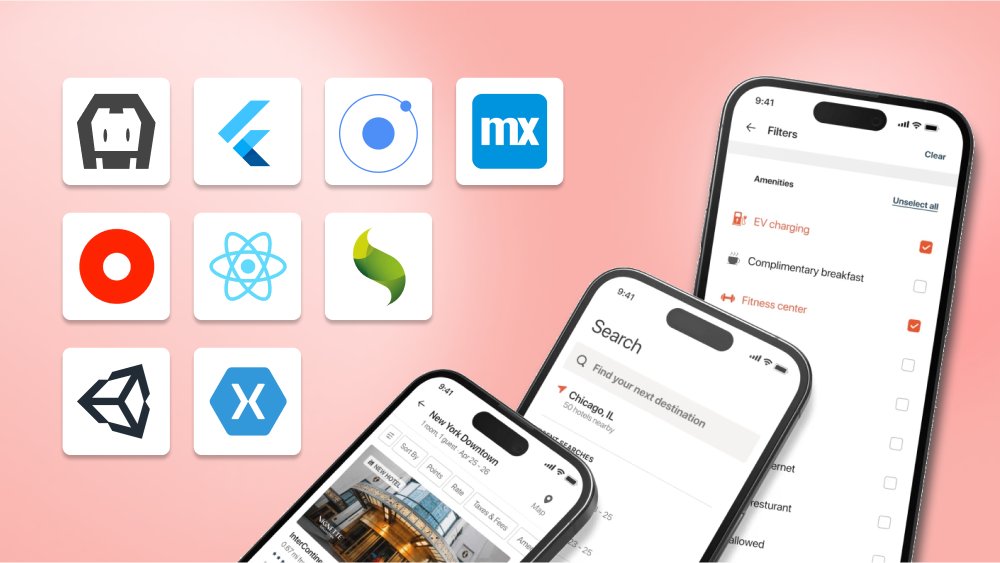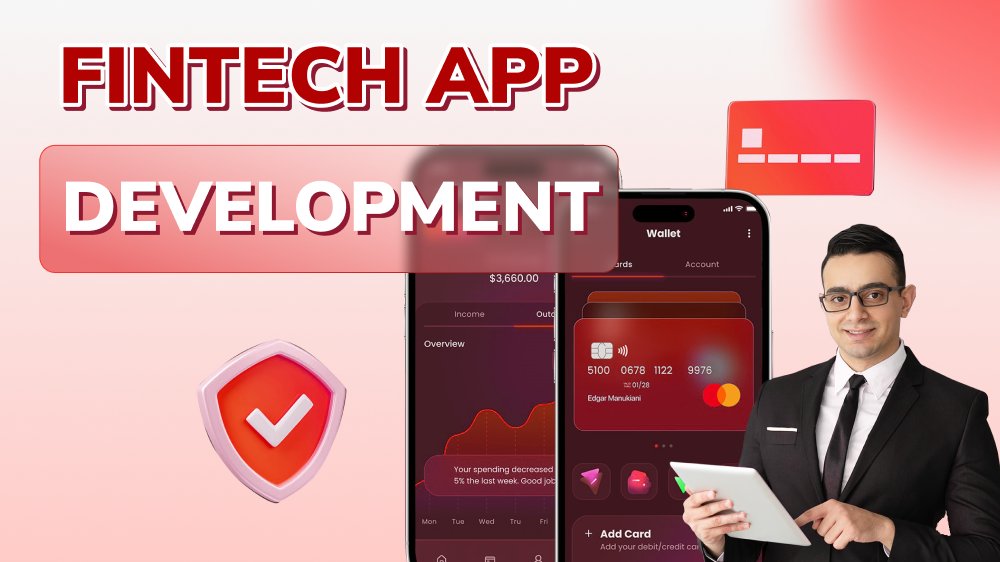Where Can Medical Software Applications Be Applied?
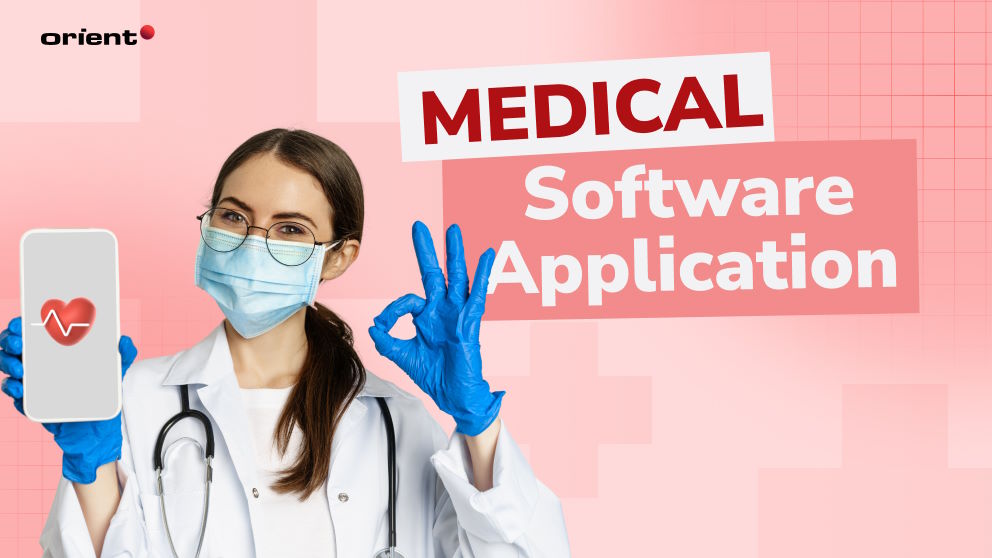
Content Map
More chaptersStatista reported that the digital health industry attracted nearly $45 billion in funding from investors in 2021, a significant increase from the previous year and the highest year-on-year figure since 2010. The year 2022 saw a decrease in funding to $23.3 billion. However, the number still remained the second highest annual figure of the period.
This impressive jump is partly due to the global pandemic. Despite the decrease in funding in the following years, the estimated size of the worldwide healthcare IT market in 2022 was $174.3 billion. From 2023 to 2020, the market is projected to increase at a CAGR of 18.2%.
Innovative healthcare software is now necessary due to the steadily expanding digital health sector. If you have been considering developing healthcare software, now is the time to get started.
This article will dive deep into the role of medical software applications and the types of healthcare software you need to know. Then, we will examine the factors you need to consider when building your own medical software.
The Role of Healthcare Software
The rise in medical software applications can be attributed to the prevalence of smartphones. The increasing need for remote patient tracking and advanced healthcare IT systems, along with investments in eHealth and digital health, has led to the emergence of medical software applications.
In modern healthcare, healthcare software solutions have become increasingly indispensable due to their roles and contributions. Below are notable instances:
- Automating recurring tasks like reporting to automate the patient monitoring process.
- Supports clinical decisions by analyzing patient data in real time.
- AI-powered software helps healthcare professionals to make more informed and confident decisions.
- Hospitals and clinics can benefit from real-time inventory and medical equipment management systems that enable healthcare providers to optimize the facility.
- The combination of Internet of Things sensors and data analytics allows predictive maintenance. This minimizes downtime and repair costs and enhances patient care.
- Technology has provided patients with more accessibility to medical services than ever before. This includes video consultations and e-prescriptions.
- Doctors can access a patient’s complete medical history with digital health records, even if the patient has seen other specialists or received treatment at different facilities.
- Advanced technology and devices allow medical staff to monitor and check in with patients on a regular basis. With the latest collected health metrics in hand, doctors can provide further consultation regarding specific aspects, including their nutrition, sleep, or medication.
The Most Common Types of Medical Software
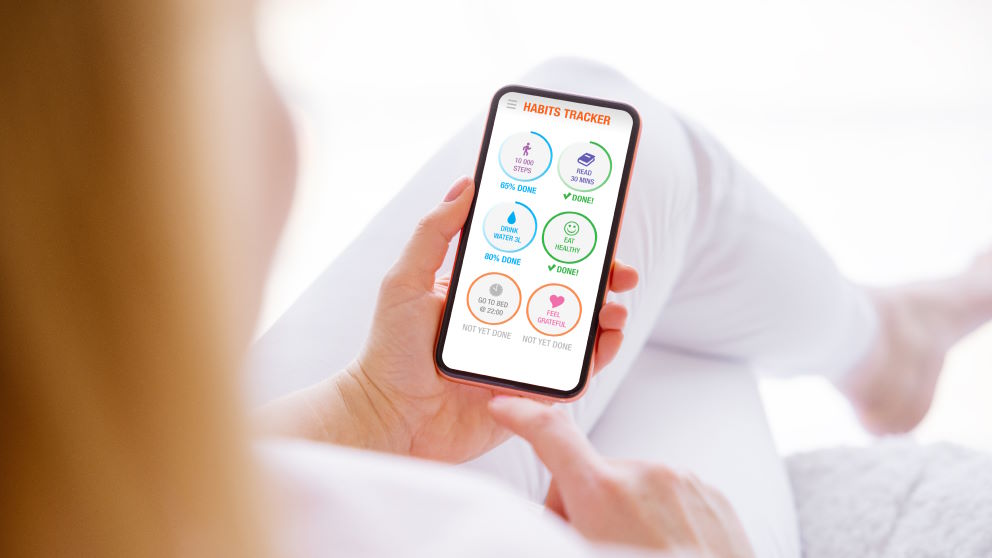
Electronic Health Record (EHR)
In recent years, the adoption of certified electronic health records (EHR) by healthcare providers has significantly improved, as reported by HealthIT. As of 2021, EHRs have been implemented by more than four-fifths (78%) of office-based doctors and 96% of federal acute care hospitals. This marks a significant increase from 2011, when only a mere 28% of acute care hospitals and 34% of physicians had EHRs in place.
Electronic health records are one of the most widely used medical software. Replacing paper medical records, EHR systems offer every function necessary when it comes to storing patient information:
- EHRs allow medical professionals to create and securely store patient’s data. Examples of such data include lab test results, patient demographics, allergy information, diagnoses, progress notes, medical histories, etc.
- The information in EHRs can be shared among medical professionals. Doctors wouldn’t need to obtain the same information all over again. As a result, patient care is enhanced, and more precise diagnosis is made.
- EHR software often includes a module for billing and payment information.
- The software provides patients with their own portals to view and access information.
- Some of the electronic health record systems even flag a potential conflict or allergy when doctors prescribe new medications.
All in all, electronic medical records allow for efficient data management, reducing errors and safety hazards.
Medical Diagnosis Software
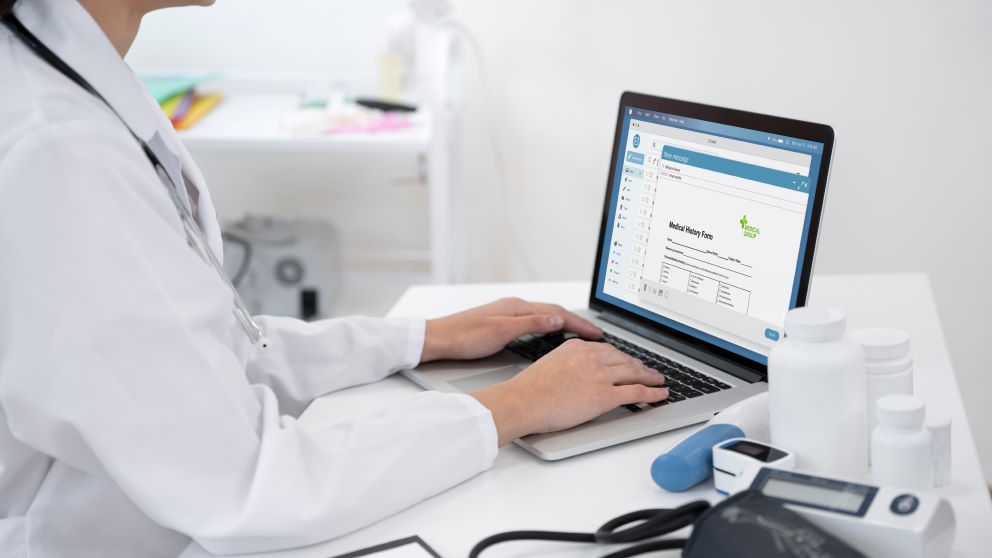
Medical diagnosis software (MDS) or medical diagnosis apps often leverage the power of artificial intelligence (AI). According to industry statistics, the worldwide market for artificial intelligence in diagnostics is predicted to increase at a compound annual growth rate of around 21% from 2023 to 2032, reaching an estimated value of $7.4 billion by 2032. This type of healthcare software is divided into two smaller categories: MDS for patients and MDS for healthcare professionals.
Medical diagnosis apps for patients have been extremely useful during the pandemic. They helped patients navigate through their symptoms and checked if they needed to visit the hospital. These types of apps are often simple questionnaires or chatbots.
Medical providers can use software for medical diagnostics to transmit patient data in an anonymized manner. This can help fill in any gaps in the knowledge, which will ultimately result in more precise diagnoses.
Medical Database Software
At first glance, medical database software sounds very similar to electronic health records. However, the key difference is that medical database software is a broader term. It does not focus primarily on patient data. The data held include EHRs, inventory use, billing and claims information, treatment plans, and diagnosis.
Since the data is updated regularly, it is a great tool when doctors want to research specific diseases, cross-reference different cases, or come up with strategies for treating different diseases.
Hospital Management Software
The healthcare industry is one with seemingly unending administrative tasks. Most of them are recurring, tedious, and error-prone. This is where hospital management software taps in to help.
Hospital management systems often provide their users with two interfaces, one for patients and one for hospital staff. Patient portals present users with digitalized forms (registration forms, admittance forms, billing forms, etc.), doctor appointments, notifications, and prescriptions. This portal is often integrated with EHRs.
Today, the software often comes with an app for patients, which they can use to book appointments or access information wherever and whenever. Notifications and SMS also remind patients of appointments, vaccinations, etc.
The administrative interface for professionals displays all activities that need to be managed: laundry, medicine, inventory, utility bills, doctor’s schedules, hospital rooms, appointments, and the list goes on. The software also provides information regarding labs and pharmacies.
Remote Patient Monitoring Software
Remote patient monitoring (RPM) is becoming increasingly popular, with wearables and telemedicine at the forefront. It has been proven to be highly effective for patients and physicians alike, offering many benefits over traditional healthcare methods.
The healthcare industry has developed RPM to provide healthcare providers with a more efficient way to care for their patients beyond traditional office visits. Patients can use various devices, such as heart monitors and blood pressure cuffs, to record their health information, which is then transmitted to their doctor via phone or other electronic means. With RPM, many individuals are taking proactive steps to manage their chronic health conditions on a daily basis, making it a valuable tool in modern healthcare. This technology has made healthcare for the elderly or those who are recovering from surgeries efficient and accessible.
Healthcare Billing Software
Also referred to as medical billing software, it is often integrated into larger systems like hospital management systems or personal health record software. Nevertheless, it brings just as much value as stand-alone software.
This software facilitates secure payment methods and keeps track of patient invoices. Other features include financial analytics options, which help patients have a better view of their financial conditions.
Medical Research Software
Medical research software is primarily designed to disseminate research-supported and up-to-date literature, reviews, and journals to the medical profession and patients. This allows medical practitioners to leverage the most recent data in the development of treatments and diagnostics. Additionally, this is a platform for physicians to gain knowledge and share their experiences with individual patient cases for the purpose of further research.
Medical Imaging Software
Medical imaging technology is a form of telehealth that enhances existing data sets with image-derived information. With Artificial Intelligence (AI), Machine Learning (ML), and data science, data is processed at a much faster rate. Examples of medical imaging are X-ray, CT, or MRI scans.
Medical imaging is crucial in detecting diseases that external examination can’t detect. It helps doctors see if you have any potential disease developing. Medical imaging software allows healthcare practitioners to manage, store, and securely share them among different health organizations.
The field of healthcare is witnessing exciting developments with medical imaging apps that can create 3D models of human anatomy and produce components of medical devices or body parts using medical imaging technology. These capabilities hold great promise for the future of healthcare.
E-Prescription Software
E-prescription software facilitates the rapid issuance, renewal, or cancellation of prescriptions by physicians. Many of these programs are linked directly to pharmacies, allowing for direct order placement, thus eliminating potential errors and the need for lengthy communication. In many cases, the software is equipped with a comprehensive database of medications and drug interactions, which can be incorporated into larger systems for enhanced monitoring.
Surgery Software
Besides the many health tracking apps, hospital management, or patient monitor applications, another crucial medical software is surgery software.
Robots are not novel when it comes to complex surgeries. There have been thousands of successful surgeries with their assistance. They are known as robotically-assisted surgical devices (RAS). RAS lets the surgeon steer instruments through extremely small incisions in the patient’s body. They are suitable for a wide range of surgical operations because of their minimally invasive effect.
It needs to be noted, however, that the robots themselves don’t have the ability to perform surgeries. The surgeons behind the programs are the real brains of the entire operation.
Factors to Consider Before Building Medical Software for Clinics and Hospitals
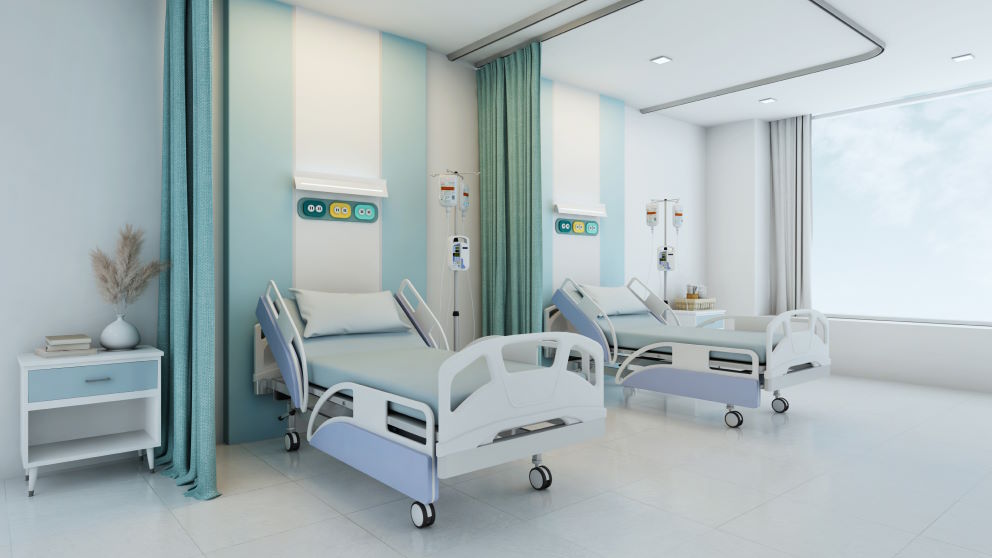
Modern healthcare seems nearly impossible without technology. If you decide to dive into this healthcare software development, take the following factors into consideration:
- Scalability: Make sure your software can grow alongside the hospital.
- Secure and Stable: In an industry where time is of the essence, your software needs to be reliable and secure. Every software and application built by the dedicated Orient Software team meets this vital criterion. The team goes through strict quality control to make sure the software is robust and reliable.
- User-friendly Interface: In a working environment as hectic as hospitals and clinics, the easier the software or application is to navigate, the better. This would make the hospital staff’s life much easier, and patients would also appreciate the seamless experience.
Are there any other concerns you have when building medical software for hospitals and clinics? Let Orient Software know, and we will be happy to present you with solutions.

